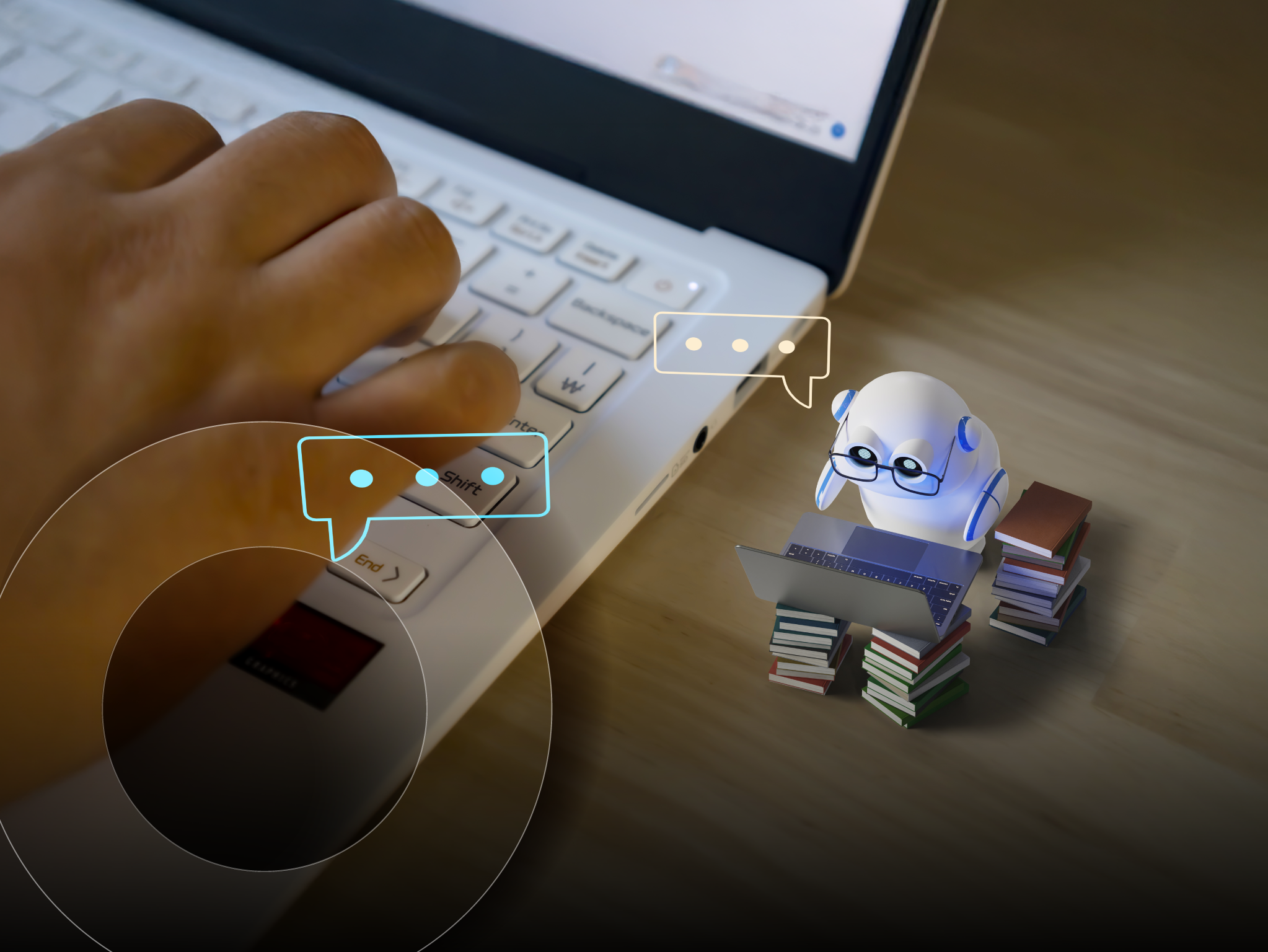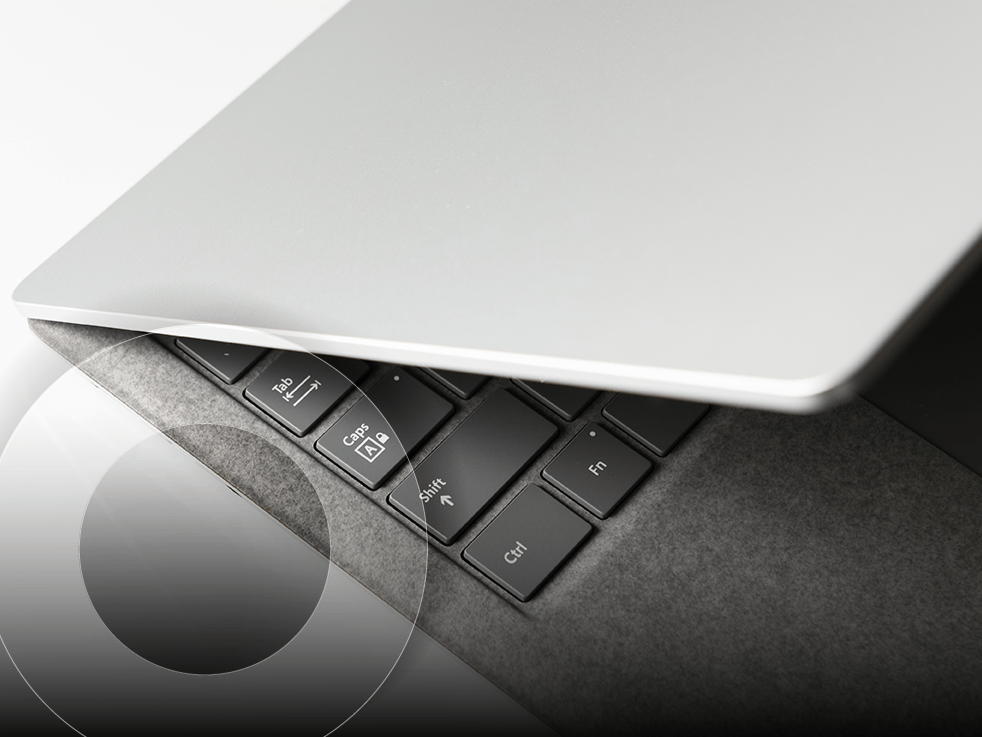Do legacy applications threaten your AI dreams? They shouldn’t:
Don’t let technical debt drag you down. AI PCs can help.

Remember your old Sony Discman? Listening to your favorite CDs at the park, on the bus, or in your room had never been easier! That Discman served one glorious purpose — play music — and it served its purpose well.
And then iTunes came along. And Bluetooth. And streaming. And while your Discman still played CDs without missing a beat, it was simply incompatible with the new age the music industry had entered.
In a time when artificial intelligence (AI) and AI-powered devices are changing how we operate, your legacy applications are kind of like your old Discman — great at what they do, but incompatible with modern work.
But maybe they don’t have to be.
Legacy apps have a technical debt problem
Dave Gruver provides key insight into how organizations can bridge the gap between legacy applications and modern, AI-powered devices.
AI demands power, energy, and data, and if your legacy apps are bogged down by years or decades of technical debt, they will struggle to perform.
 SHI’s Field CTO, Dave Gruver, highlights how many Fortune 200 companies rely on legacy applications that are “old enough to either drive, vote, or buy a beer.” Even though they might be reliable, they’re not able to withstand the latest advancements in AI and machine learning, where agility and innovation are key.
SHI’s Field CTO, Dave Gruver, highlights how many Fortune 200 companies rely on legacy applications that are “old enough to either drive, vote, or buy a beer.” Even though they might be reliable, they’re not able to withstand the latest advancements in AI and machine learning, where agility and innovation are key.
Legacy apps often have obsolete technology stacks that include outdated programming languages and frameworks that are no longer supported. These applications struggle with scalability, making it difficult to handle increased workloads or adapt to changing demands. This already makes them difficult to maintain and upgrade, but the issue is amplified when integrated with newer AI-powered hardware and demanding AI workflows.
Large enterprises use legacy apps in their operations for years, if not decades. And although they’re built with outdated technology, they’re often deeply embedded in organizational systems and are core to critical business functions, harnessing large amounts of crucial company data.
AI PCs are a boon to user productivity
Legacy applications hold much of the data organizations like yours rely on. That data is also important for modern software, but accessing it through legacy apps isn’t easy.
With all this in mind, can your organization even consider transitioning legacy applications to leverage the power of AI devices?
Gruver says the evolution of AI PCs, along with the neural processing units (NPUs) and graphics processing units (GPUs) that power them, will significantly impact applications with a primary focus on end-user productivity.
Improving end-user productivity through AI tools such as Microsoft 365 Copilot and generative AI solutions like ChatGPT and Perplexity can automate routine, previously manual tasks. This saves time, reduces the need for deep technical expertise, and makes technology more accessible to a broader range of employees.
The key to success lies in the proper integration of these new-age AI tools, platforms, and devices with your old, legacy applications. By creatively utilizing the abundant historical data your legacy apps carry, you can gain a competitive edge.
Can AI-powered devices address technical debt?
A key challenge that comes with technical debt is the effort needed to maintain and upgrade outdated systems that are deeply embedded into your operations. As technical debt accumulates, it can make it difficult to integrate AI into your workplace or begin refreshing your technology stack.
AI, Gruver emphasizes, can be crucial for addressing technical debt.
By modernizing legacy applications with AI capabilities, you can reduce your maintenance burden and improve system performance. AI algorithms can detect and prevent potential issues, ensuring streamlined and secure operations. You may also utilize generative AI tools for shortening development processes, improving compatibility and unleashing business intelligence from old data. This helps you become more proactive, effective, and innovative.
Moreover, devices with hardware-level AI facilitate the integration of legacy applications with modern systems. This interoperability helps create a cohesive IT environment where data flows seamlessly across different platforms.
By bridging the gap between old and new technologies, AI PCs enable organizations to leverage embedded applications while embracing innovation.
Considerations when adapting your legacy apps for AI
The transition to AI PCs isn’t just about upgrading technology; it’s about moving enterprises forward.
Gruver believes AI PCs can future-proof organizations and drive dramatic performance growth by enabling innovation, improving efficiency, and enhancing customer experiences. And as AI becomes more prevalent, it’ll become an integral part of the fabric of business operations.
This underscores the importance of a strategic approach to transitioning legacy applications. Like most IT initiatives, integrating AI-powered devices into your ecosystem isn’t as simple plugging them into an outlet and pressing the power button. We recommend you:
- Perform a critical analysis of your current systems.
- Identify use cases and roles for which AI can add genuine value.
- Develop a roadmap for modernization, taking into consideration potential risks.
During this process, it’s important to ensure IT and business leaders collaborate to better align technology investments with organizational goals.
Explore, test, and deploy with SHI’s Next-Gen Device Lab
Your legacy applications may be old enough to drive, vote, or drink, but that shouldn’t stop you from driving your organization forward with innovative new technologies. By addressing technical debt and integrating AI capabilities, you can transform legacy systems into powerful tools for innovation and growth.
That’s where we come in: leverage our Next-Gen Device Lab to see the latest AI-powered devices for yourself. Test their performance and compatibility in a secure environment so you can make an informed decision on which end-user device works best within your existing ecosystem.
Our lab helps you:
- Experience and evaluate AI devices, including PCs, smartphones, tablets, VR headsets, and more.
- Validate your use cases.
- Prototype and develop proofs of concept (POCs).
- Train users, drive adoption, and properly support and maintain your new devices.
- And more!
Don’t let your legacy applications go the way of the Discman. Discover how new innovative technologies function alongside your critical applications with our Next-Gen Device Lab. Learn more about how our lab can help modernize your ecosystem or contact our AI and device experts to get started.
As SHI’s Field CTO, Dave Gruver drives technical strategies and delivers effective solutions for our customers. Dave has over 30 years’ experience in enterprise IT and takes pride in helping organizations rapidly transform their technologies and processes to best support hybrid workforces.




